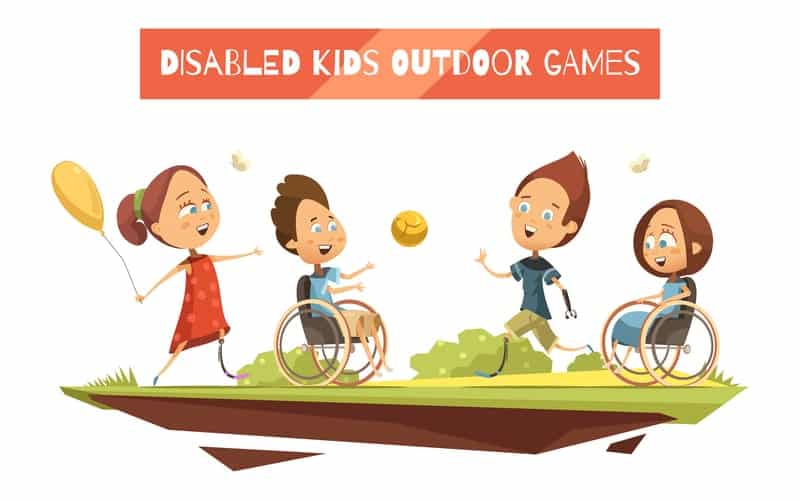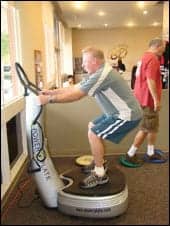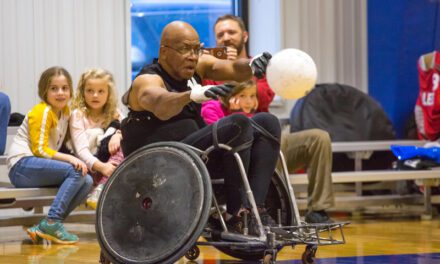Children with disabilities should be encouraged to participate in sports, recreation and other physical activities that suit them, pediatricians opine in a new American Academy of Pediatrics (AAP) clinical report.
Experts from the AAP Council on Children with Disabilities and the AAP Council on Sports Medicine and Fitness identified barriers to participation in sports and physical activity, and advocated assessing a child’s physical capabilities and other factors to develop “physical activity prescriptions” they can incorporate into their daily lives.
Paul S. Carbone, MD, FAAP, medical director of the child development program at the University of Utah, served as lead author of the report, which he has assisted in writing since 2008.
“We just felt like it was a really important topic that needed to be on the minds of pediatricians,” Carbone said. “And now there’s been over 10 years’ worth of studies and data and evidence to strengthen the argument that we really should be active in promoting participation of children with disabilities in sports and recreation and physical activity.”
Such participation “improves the health and well-being, and quality of life of all children, and we want pediatricians and others to understand that they have equal benefits for children with disabilities,” he continued. “Clinicians should really not hesitate to promote physical activity for children with disabilities. But there’s a lot of caveats in doing so, and some pediatricians may overestimate the risks, or overlook the benefits of physical activity for children with disability, which then limits their participation.”
The report noted that several studies showed that children and youth with physical disabilities who participate in physical activity programs improved their locomotor performance and skills, object control, social skills, peer interactions and self-confidence. Numerous studies also cited by the report indicate that physical activity also had benefits for children with primarily cognitive and behavioral disabilities.
“Children with autism spectrum disorder, who are more likely to be diagnosed with overweight or obesity, have this risk attenuated with regular physical activity and sports participation,” Carbone and colleagues wrote. “Short periods of walking or running prior to educational sessions also help children with autism increase the proportion of correct academic responses and work tasks completed in school settings. Other exercise interventions for children with autism, such as horseback riding, martial arts, swimming, or yoga/dance, can result in better social responsiveness and decreased irritability, stereotypic behavior, and hyperactivity.”
Addressing Physical Activity is Crucial
Carbone said addressing physical activity in general is especially crucial now.
“During the pandemic, I think it becomes even more important to talk about things that promote wellness, and certainly physical activity is one,” he said. “Children with disabilities are a group who are at risk for being left out.”
The report recommended that clinicians create physical activity prescriptions for children with disabilities, with recommendations based on “baseline physical activity, preferred activities, functional limitations that may require adaptation of the activity and pre-participatory planning, and the evidence base of the physical activity with regard to risks and benefits.”
“The basic message here is to encourage participation, and then once that’s done, to consider the child’s activity preferences, to look at their overall health status in terms of motor skills and balance, and muscle strength, and then to really assess the availability of programs in the community, and then actively refer children to do that,” Carbone said.
[Source: Healio]





